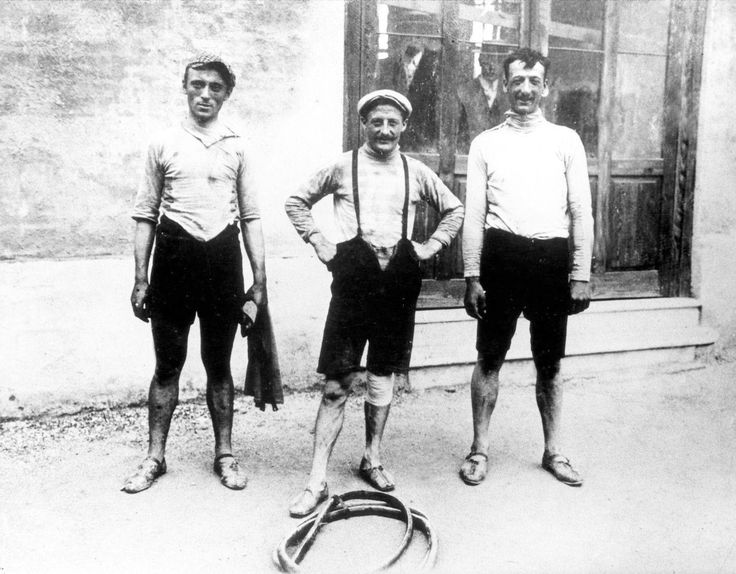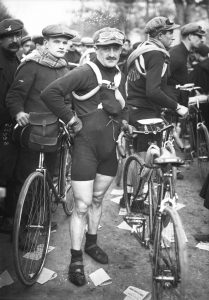Born on August 26, 1882, in Corsico, a town nestled near Milan, Carlo Galetti grew up near the Navigli canals, where his future nickname—“Lo Scoiattolo dei Navigli” (The Squirrel of the Canals)—would originate. His wiry frame and nimble riding style earned him both admiration and success as he transitioned from local races into the national spotlight.

In the early 1900s, Italian cycling was still in its infancy, and races were often brutal tests of endurance over poorly maintained roads. Galetti thrived in these conditions. His racing style was not flamboyant; he was calculated, consistent, and deeply tactical—qualities that would become his greatest assets.
When the first Giro d’Italia was launched in 1909, Galetti was among the top contenders. He finished second overall, narrowly missing victory but proving himself a formidable presence in the peloton.
 Galetti would go on to dominate the Giro d’Italia in its formative years. In 1910, he claimed his first overall victory, thanks to his steady performances and ability to read the race tactically. He successfully defended his titlea year later, becoming the first cyclist to win the Giro two years in a row. In 1912 Giro experimented with a team-based format, awarding victory based on team performance. Galetti, racing with Team Atala, won his third Giro, further cementing his legacy—even if this win was shared among teammates.
Galetti would go on to dominate the Giro d’Italia in its formative years. In 1910, he claimed his first overall victory, thanks to his steady performances and ability to read the race tactically. He successfully defended his titlea year later, becoming the first cyclist to win the Giro two years in a row. In 1912 Giro experimented with a team-based format, awarding victory based on team performance. Galetti, racing with Team Atala, won his third Giro, further cementing his legacy—even if this win was shared among teammates.
Although the Giro defined his career, Galetti also earned results in other prestigious races. He competed in Milan–San Remo, the Tour of Lombardy, and various regional classics, always displaying the same resolve and discipline that defined his Grand Tour successes.
He was part of a generation that laid the groundwork for professional cycling in Italy—racing without gears, team cars, or modern nutrition. Mechanical issues were fixed by hand; injuries were often ignored. It was in this harsh arena that Galetti thrived.
Galetti retired from competitive cycling after World War I. Unlike some of his contemporaries, he did not seek the spotlight in his later years. He lived a quiet life until his death on April 2, 1949.